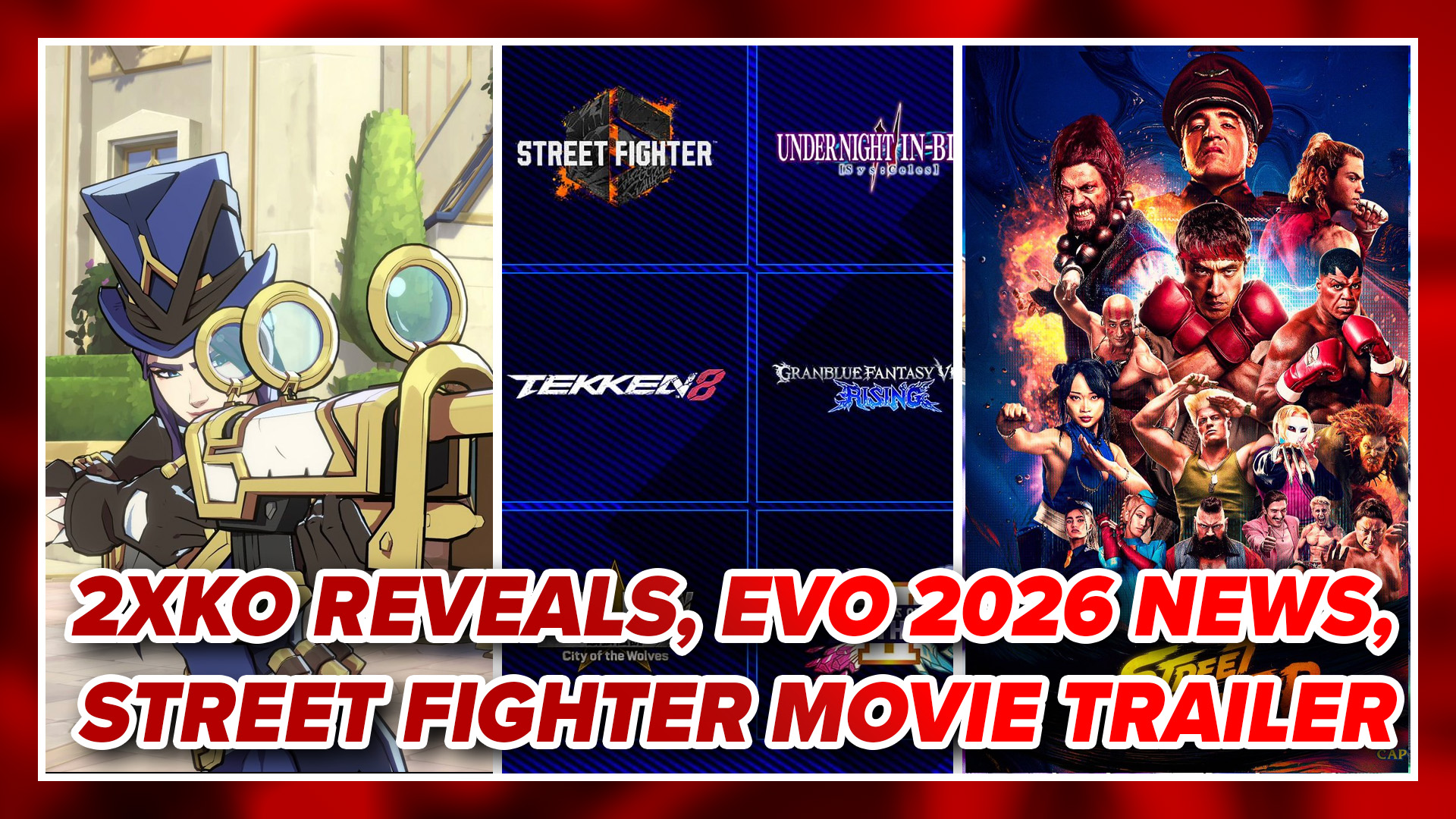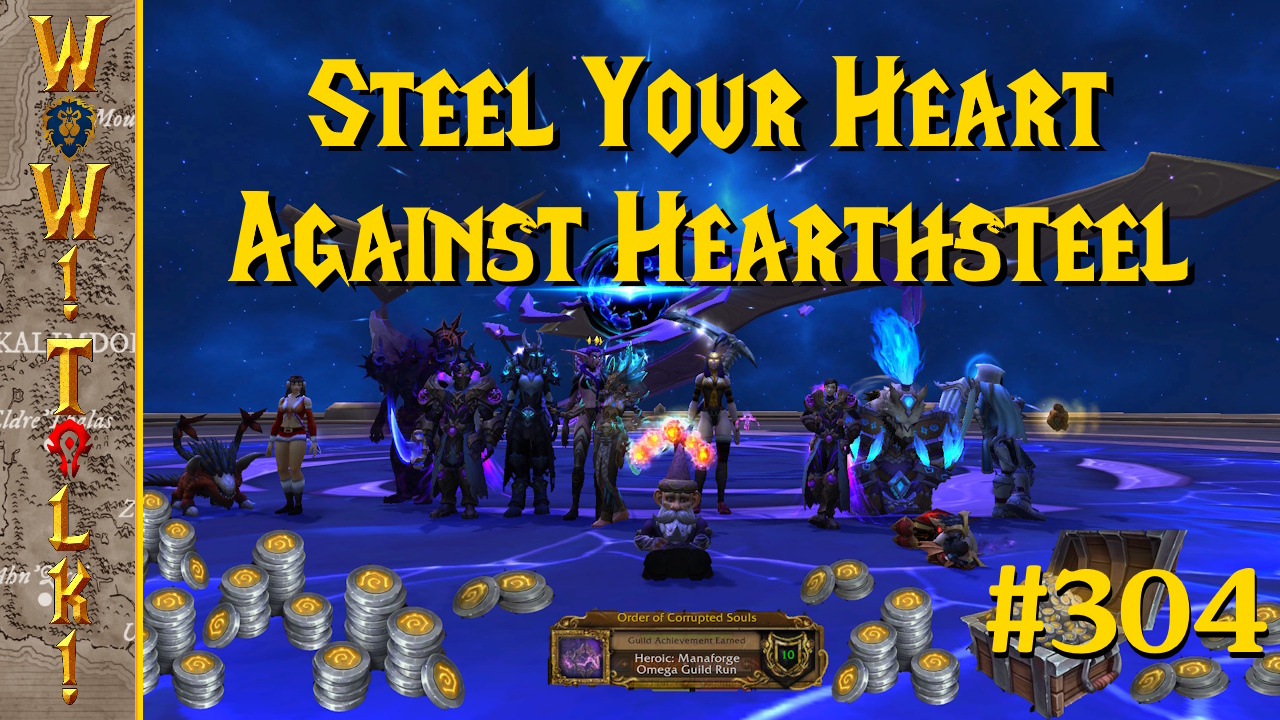
Recently Inversion was released, almost without a whisper. I’m not exactly sure why Namco thought it was a good idea to release during E3, but after many delays the game is finally here. In Inversion you’ll play as David Russel, a cop whose wife is killed and daughter is abducted during the Lutedore invasion. David’s primary goal is to find his daughter, while your partner Leo has a different reason for joining you on your search.
The first thing I want to do is get the obvious Gears of War comparisons out of the way. At its core, Inversion is a 3rd person cover-based shooter. You will go from area to area, find cover, and have shootouts with enemies. You shouldn’t expect any major improvements to that system here; most cover in the game does crumble away as enemies shoot it, however. This keeps you from staying in cover for too long or perhaps forces you to be a more efficient killer. You can also peel away enemy cover, which will force them to relocate or possibly come at you full force.
Many of the enemies look similar to what we’ve seen in GoW and Bulletstorm. The armor of the first enemy I came across instantly reminded me of a CoG solider, while some of the smaller enemies look like they were plucked straight out of Bulletstorm. It became more obvious that Saber Interactive looked at GoW for inspiration when enemies started emerging from the ground. Instead of bursting out of the ground like Locusts, the Lutedores emerge from huge drills called Terraformers. Terrafomers can be closed to stop enemies from pouring out. Want to take a guess how? Toss a grenade in and the Terraformer will collapse. Not original, but it works.

Inversion may take a few pages from the Gears of War playbook, but fortunately, it’s not a clone. Inversion’s most noticeable feature is gravity, or lack thereof. Pretty early in the game you are given the Gravlink: a device that shoots a pulse that can alter gravity. At first you will only be able to use a low gravity pulse, which causes whatever is in the area to float. As you progress you will pick up upgrades and eventually be able to do things like manipulate items floating in the air, create a shield around yourself, or even do the opposite and use high gravity to crush enemies or hold them on the ground. You can even pull enemies toward you and perform special melee kills.
Besides helping with obstacles, the Gravlink can be used as a great strategic tool in battle. Without the upgrades, the most you can do is lift enemies out of cover to make them easy targets. As you progress you will be able to use high gravity to rip the panels out of a bridge enemies are using, grab large objects like cars to hurl at enemies (or perhaps use as mobile cover), or even use low gravity on pools of lava and then hurl the lava at your enemies. The uses of the Gravlink aren’t always obvious, but just trying things out may surprise you.
There are other aspects of gravity that are out of your control. Players will come across areas that are completely low gravity. You can float from cover point to cover point, and if you get stopped between cover points, you can use the Gravlink as kind of a thruster to shoot you in any direction. Most enemies you face in these areas will be doing the same thing; going from cover to cover while trying to shoot you at the same time. Some enemies, however, have a much better command of the low gravity area and can be quite a nuisance. In these low gravity areas there are multiple directions to go in and multiple cover points to choose from. The developer made it easy to quickly choose which cover point you wanted to go to next so that gun play isn’t broken up too much.
You will also play in areas where gravity has been completely shifted and you will find yourself walking on walls and ceilings. Instead of using barricades and cars for cover, you’ll be using vents and hanging signs to keep you safe. But you walking on the side of a building doesn’t mean your enemies are. More often than not you’ll find yourself fighting enemies that are on different gravity planes than you. Sometimes this gives you an advantage, while sometimes it favors your enemies. One of the coolest moments in the game came during one of these vector shifts. Two of our allies were on the ground fighting off Lutedors as we fought our way down the side of a building trying to meet up with them. I’d be lying if I said playing through that situation didn’t feel cool.

There are only a few types of weapons. You’ll have assault rifles, shotguns, and sniper rifles. There are special weapons you can pick up after defeating a miniboss, but once they are out of ammo you have to toss them. The standard weapons are nothing to rave about, but as you progress in the game they will be replaced with more futuristic versions of those weapons which effect enemies a bit differently. For example, instead of having your standard shotgun, the futuristic version shoots out a pulse of energy that sets enemies on fire. I found it enjoyable.
There is something that I need to admit: I find Gears of War incredibly boring. I was especially bored by Gears of War 3. To me it felt like an endless game of wack-a-mole; waiting for enemies to pop out of cover so I could kill them. I was expecting Inversion’s game play to be very wash-rinse-repeat, but was surprised to find I was having a good time as I moved through the levels.
Each combat scenario usually had mixed bag of enemies that complemented each other. In some scenarios you may find enemies providing cover fire as other enemies would charge up Gravlinks and try to shift gravity to pull you out of your cover. Other times you may find heavily armored enemies pushing toward, allowing smaller enemies time to get to cover that’s closer to you. There are explosives and other items strategically placed, where if used properly, could change the landscape of a combat scenario. I’m not talking anything extreme, but blowing up the support beams of an overpass is a useful tactic that can kill enemies and stop other enemies from using an advantageous position.
The breakaway cover is something that really keeps things interesting. I mentioned it before, but it really has an impact on how you play a cover-based shooter. Not only do you need to be mindful of what you are using for cover, but also what weapons enemies are using; as some will chew through cover faster than others. The funny thing about breakaway cover is that some items that should deteriorate, don’t. While ripping apart someone’s apartment, I hid behind several couches that didn’t have a single scratch on them after all the bodies were on the floor. Also, the Brute (which uses a huge flamethrower and rockets) was able to completely decimate the support beams in a large garage, but was unable to singe the sandbags I was hiding behind.

Typically, inconsistencies like that would pull you out of a games engrossing experience. Luckily, Inversion isn’t really an immersive experience. While I did enjoy the game play, it wasn’t enough to mask mediocre graphics and audio. Visually, the game looks like an early Xbox 360 game. Saber Interactive had an opportunity to make a real visual impact with the way gravity can impact the environment, but the blurry textures take away any “wow” moments that could be experienced. The background music and dialog isn’t anything special. Thankfully, the dialog isn’t annoying, but I would be just as happy if every human was mute in the game.
There is a multiplayer component, but as I’ve said in previous reviews, multiplayer doesn’t matter if no one is playing it. When firing up matchmaking I would be lucky if one other person made it into my party. There are several different multiplayer modes. Some are your standard fare like Deathmatch, Team Deathmatch, King of the Hill, etc. Other modes are more gravity specific, where you can earn points by using gravity to kill, or using your ability to shift vectors. Mutliplayer using the laws of gravity shown during the single player sounds like a good time. Unfortunately, it looks like no one wants to play.
Overall, I enjoyed playing Inversion. It doesn’t push the 3rd person shooter genre forward, but it at least has its own personality and the game play is entertaining. The graphics and audio could have used more attention, but I’ll take entertaining game play over a pretty game any day. Whether or not Namco decides to continue with this series is a mystery to me. Either way, I hope Saber Interactive takes what they’ve done here and spruce it up a bit in their next game. It could be the difference between mediocrity and greatness.




